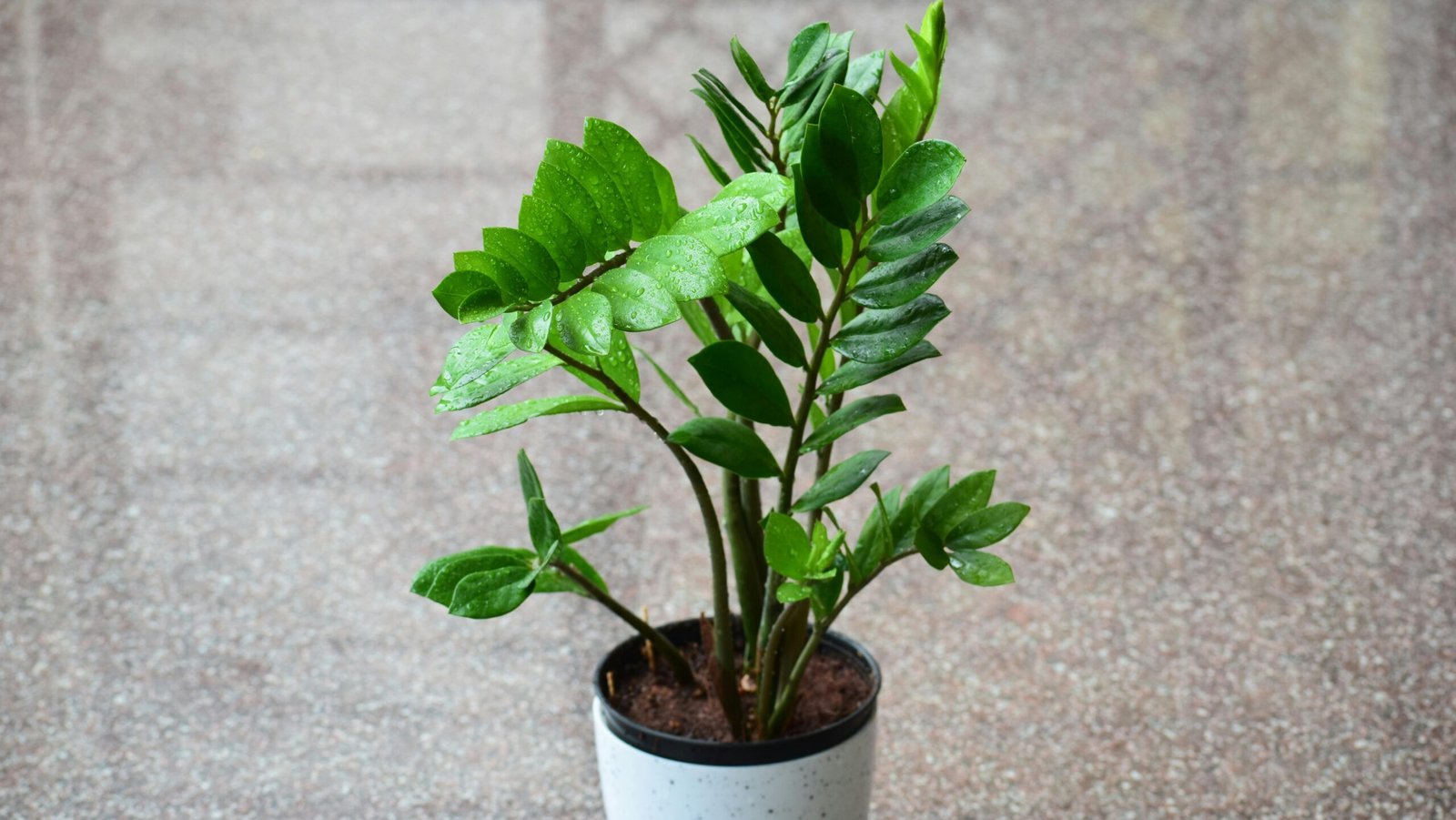Hey there, plant enthusiasts and home décor aficionados! We all crave a stylish space, but what if I told you a few leafy friends could transform your home into a living, air-purifying haven, boosting your health and happiness? Science says it’s true! Indoor plants aren’t just aesthetically pleasing; they’re like tiny environmental superheroes for your indoor environment. As your friendly neighborhood gardener, blogger, and SEO whiz, I’m here to delve into the science behind why indoor plants are your new best friends!
Imagine your home as a miniature ecosystem. Furnishings might off-gas pollutants like volatile organic compounds (VOCs). These are chemical compounds found in paints, cleaning products, and even some building materials. Everyday activities like cooking or cleaning can stir up dust particles and allergens. These pollutants can irritate allergies, trigger asthma symptoms, and leave the air feeling stuffy.
But here’s where our leafy heroes come in! Plants are nature’s built-in air filters, thanks to a natural process called photosynthesis. During photosynthesis, plants take in carbon dioxide (the same gas emitted by our cars) and release fresh oxygen. But it doesn’t stop there! Plants also absorb VOCs and other pollutants through tiny openings on their leaves. Beneficial microbes in the soil around the plant roots then help break down these pollutants, rendering them harmless. Think of them as tiny eco-warriors cleaning the air, one molecule at a time!
Science backs up the air-purifying benefits! A clean air study conducted by NASA investigated the ability of houseplants to remove common indoor air pollutants. The study suggests that certain plants, like the Peace Lily (Spathiphyllum wallisii) and Snake Plant (Sansevieria trifasciata), might excel at removing toxins like benzene and formaldehyde from your indoor environment. Imagine them as mini air purifiers, working overtime to keep your home fresh!
But the benefits of indoor plants extend far beyond air purification! Studies suggest that having plants around can actually reduce stress and boost your mood. Think about it – stepping into a lush garden or a serene forest instantly makes you feel calmer, right? Indoor plants can bring that same sense of tranquility indoors. Research suggests that viewing plants with their vibrant colors and natural beauty can be a calming experience, lowering stress hormones (cortisol) and promoting feelings of well-being.
And let’s not forget the focus factor! Studies suggest that having plants in your workspace can improve concentration and cognitive function. Maybe it’s the calming effect, or perhaps the subtle boost in oxygen levels, but research shows that people tend to be more focused and productive in spaces with greenery.
Ready to transform your home into a mini urban jungle? Here are some tips for getting started:

- Pick the Perfect Plant: Consider your lifestyle and light conditions!
- Low-maintenance options:
- Snake Plant (Sansevieria trifasciata): Tolerates low light and infrequent watering, making it perfect for forgetful plant parents.
- ZZ Plant (Zamioculcas zamiifolia): Another low-light champion that thrives on neglect.
- Spider Plant (Chlorophytum comosum): Easy to propagate (grow new plants) and produces adorable baby spiderettes.
- Bright Light Lovers:
- Fiddle Leaf Fig (Ficus lyrata): Makes a bold statement with its large, glossy leaves (needs bright, indirect sunlight).
- Monstera Deliciosa (Swiss Cheese Plant): A striking climber with beautiful split leaves (enjoys bright, indirect sunlight).
- Bright Light Lovers:
- Low-maintenance options:

Lighten Up: Most houseplants need some indirect sunlight. Avoid placing them in dark corners or in direct sunlight for extended periods, which can scorch leaves.
Water Wisely: Overwatering is a common mistake. Most houseplants prefer to dry out slightly between waterings. Feel the soil with your finger – if it feels dry to the touch, it’s watering time!
Bonus Benefits! Indoor plants can also:
- Increase humidity levels: This can be helpful in drier climates or during winter when indoor heating can dry out the air, improving respiratory health.
- Reduce noise pollution: Plants can act as natural sound buffers, absorbing some of the noise in your home, and creating a more peaceful environment.
- Boost creativity: Studies suggest that being around nature, even indoors with plants, can enhance creativity and problem-solving skills.
Indoor plants are more than just decorations; they’re living companions that can improve your health and happiness in multiple ways. So, embrace the green thumb within you, bring some leafy friends into your home, and breathe easy, knowing your new plant best friend.

